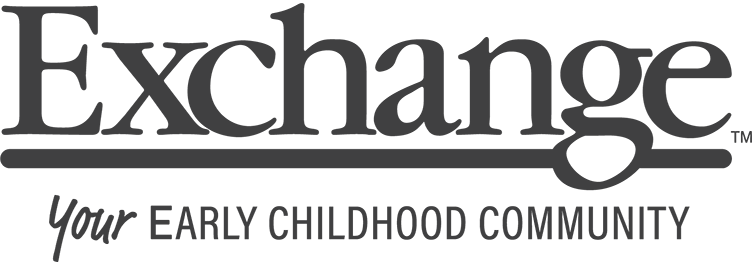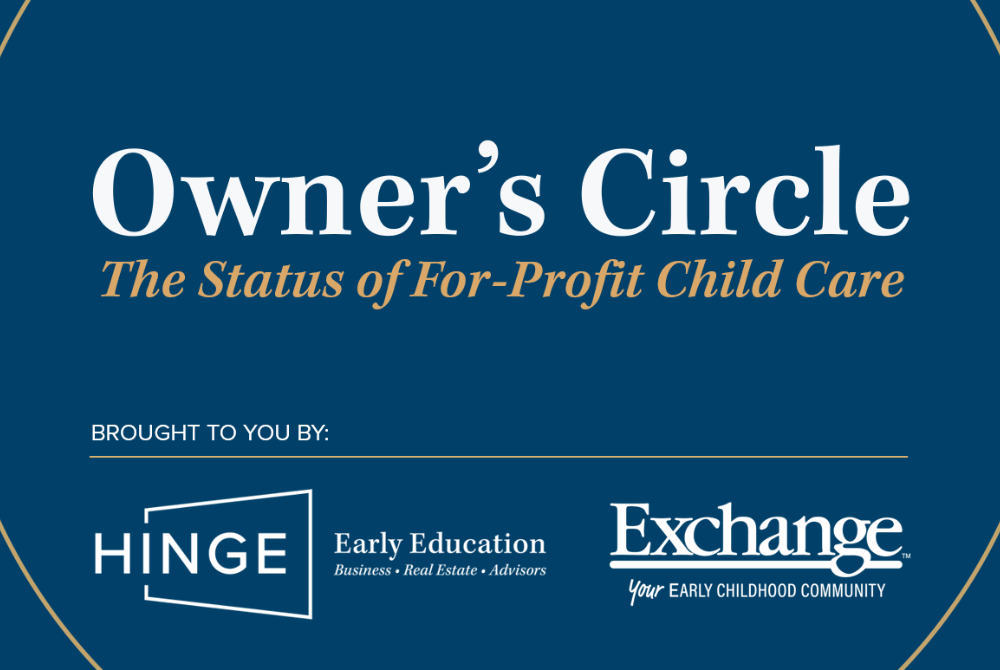In early education, financial stability hinges on healthy tuition rates, full occupancy, and manageable discounts. Beyond these primary sources, there are additional revenue streams that can supplement income and significantly strengthen your financial health. From fees to recoup the additional costs of running your center to federal and state tuition and grants, exploring supplementary charges can provide stability, enhance profitability, and offer families added value by keeping tuition rates at a healthy level. Consider the following possible additional revenue sources to diversify your income and boost your center’s financial resilience.
Registration Fees
Registration fees, separate from regular tuition, can help cover administrative costs, supplies, and program enhancements. They also serve as a commitment fee, ensuring families are serious about enrolling their children for the upcoming year. With thoughtful planning and clear communication, registration fees can become a valuable tool for sustaining and improving a childcare business. If you are not charging a registration fee annually, this is a good place to start utilizing supplemental fees to support your school’s financial health.
USDA Food Program
The United States Department of Agriculture’s (USDA) Child and Adult Care Food Program (CACFP) is a federal initiative that offers significant financial assistance to childcare centers that qualify based on the income levels of the families they serve. Participating in CACFP ensures children receive balanced, nutritious meals while helping your school offset food costs, which typically account for 5-6% of a childcare’s annual net revenue. The administrative burden of implementing the program can be daunting, so if you do not have the team resources to accurately report and invoice for reimbursement, consider outsourcing this task to a specialized provider who can do it for you.
Late Payment Fees
Managing finances in an early education program can be extra challenging if you are not receiving timely tuition payments from parents. Implementing and enforcing a late payment policy is a practical way to maintain consistent cash flow and reduce the administrative burden of chasing payments. To be effective, late payment fees should be clearly communicated during enrollment and applied consistently. At the same time, be prepared to offer flexibility in cases of genuine financial hardship.
Late Pickup Fees
A structured late pickup policy benefits both your staff and your center’s operations. Charging a meaningful fee (typically one dollar per minute after closing) helps offset overtime costs, protects your team’s personal time, and discourages habitual late pickups. While consistency in enforcement is key, also be prepared with flexibility for situations that are unexpected with valued, long-term families.
ADVERTISEMENT
Grants
Since the COVID-19 pandemic, grant funding has transitioned from federal sources to state initiatives and private organizations. Various grants are available to support staff costs, facility improvements, and program growth. Designating a team member or hiring a professional grant writer to research and apply for funding opportunities can yield substantial financial benefits. Also be sure to stay informed about what is available from the state and the employers that families work for.
Fundraisers
The benefits of fundraisers are threefold: they boost revenue, engage the community, and can help enhance the resources and programs offered to children. The most successful initiatives are typically tied to a specific purpose, such as purchasing new playground equipment or funding educational materials. When planning a fundraiser, ask for a team volunteer to lead the initiative, getting the collective team’s ideas and buy-in. It is important to promote the event, track progress, acknowledge contributions, and celebrate success!
Facility Rentals
Many early education centers have underutilized space during evenings and weekends. Renting your facility out for community organizations, churches, birthday parties, fitness classes, or professional meetings can generate additional income while increasing visibility in the community. Before pursuing this opportunity, carefully consider insurance and liability coverage, security, compliance with lease agreements, and potential wear and tear on your property.
In today’s competitive early education market, diversifying your revenue streams can be the key to building a resilient, financially sound business. Having multiple income sources improves financial stability, reduces your dependency on tuition alone, and enables you to enhance services for families. By exploring all the options at your disposal and deciding strategically what is a good fit for your school, you will be well on your way toward strengthening your financial health so you can make your mission happen.
Kathy Ligon, founder and CEO of HINGE Early Education Advisors, is the industry's go-to expert for business growth and selling strategies. A public accountant whose deep respect for childcare brought her to the private early education sector, she has dedicated her 35+ year career in educational operations, finance, and management to helping early learning providers thrive. Kathy is well known for her unique perspective on the market and her unwavering support of the business owners and teachers who make childcare possible.
Related
ADVERTISEMENT











